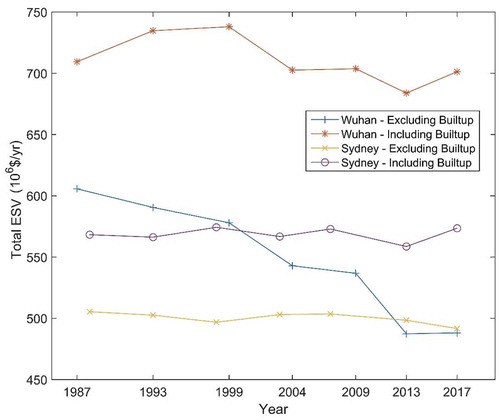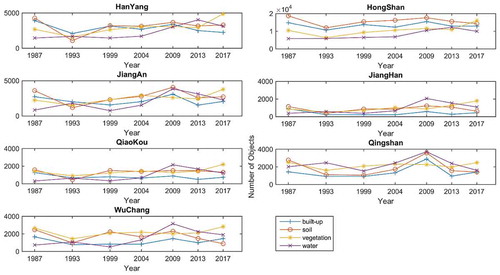Figures & data
Figure 1. (a) Regions of Wuhan studied for changes in land use. (b) Distribution of Local Government Areas (LGA) in western Sydney. Distances shown in and are measured from the crosses in each figure. (c) Location of Wuhan in China (d) Location of Sydney in Australia.

Table 1. Experimental images used for Wuhan and Sydney.
Figure 3. Framework of ANN WT (adapted from Mertens et al. (Citation2004)).
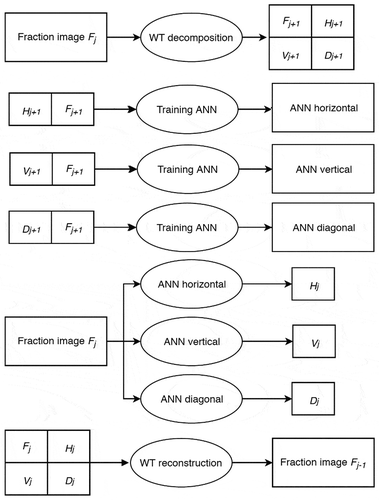
Table 2. Accuracy assessment of SRM and pixel-based classification results using available high-resolution images.
Figure 4. Comparisons of SRM results in Wuhan from year 1987 (a) to 2017 (b) and in Sydney from 1988 (c) left to 2017 (d).
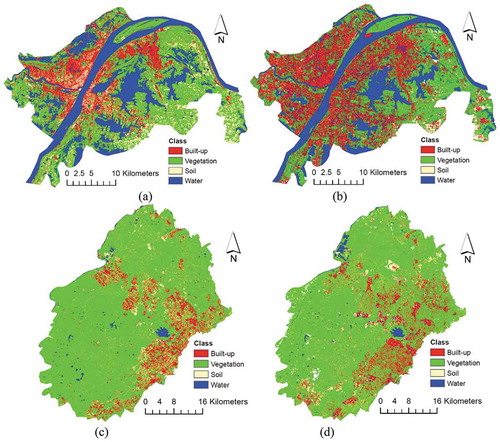
Figure 5. Results at fine-scale showing the comparison between pixel-based classification (using MESMA) and SRM. The left column shows results for Wuhan (the year 2017) and the right for western Sydney (the year 2013). (a) and (b) are reference high-resolution images for Wuhan and Sydney, respectively (c) and (d) pixel-based classification results for Wuhan and Sydney, respectively. (e) and (f) SRM results for Wuhan and Sydney, respectively. Built-up, vegetation, soil and water are represented by red, green, yellow and blue color, respectively.
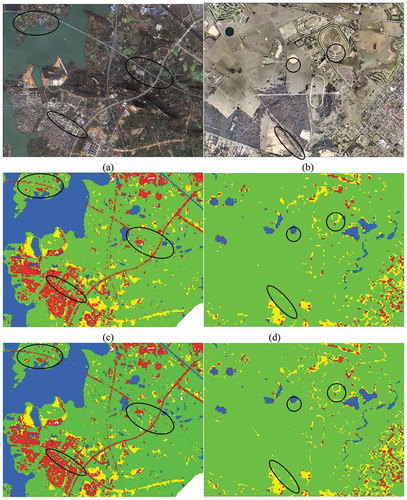
Figure 6. Objects mean sizes (m2) for four classes of buildings, soil, vegetation and water in Wuhan.
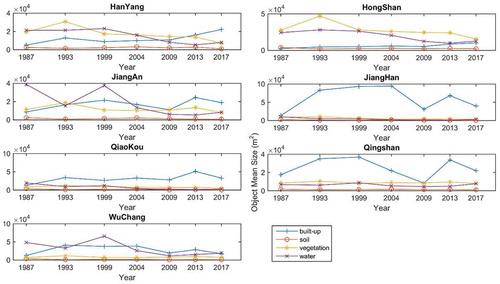
Figure 7. Object mean sizes (m2) for four classes in western Sydney. Class built-up, soil and water are indicated in the left axis and vegetation in the right axis.
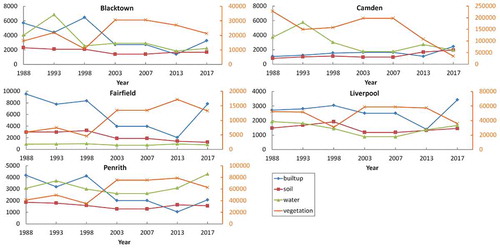
Figure 9. The number of objects in western Sydney for four classes of buildings, soil, vegetation and water.
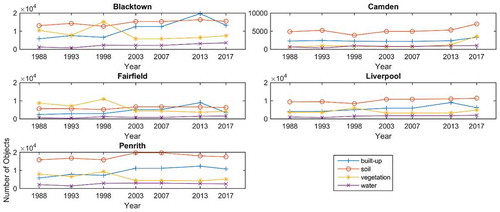
Figure 10. Object density (no./km2) in Wuhan for four classes of buildings, soil, vegetation and water.
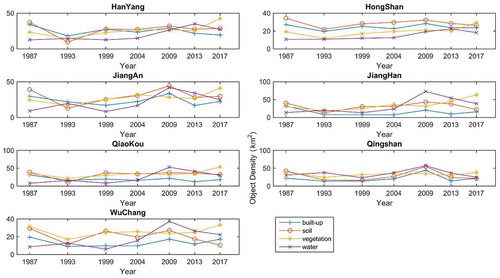
Figure 11. Object densities (no./km2) in western Sydney for four classes of buildings, soil, vegetation and water.
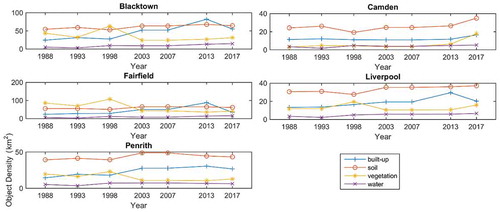
Figure 12. Growth and loss in vegetation objects in terms of distance (a) and orientation (b) from the center of Wuhan (km2).color
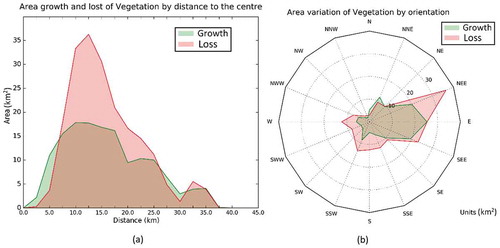
Figure 13. Growth and loss in vegetation objects in terms of distance (a) and orientation (b) from the center of western Sydney.
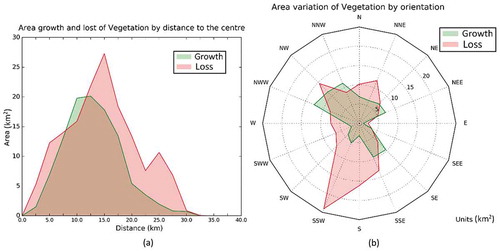
Figure 14. Areal rates (%) of change of vegetation (a) and annual change (km2/year) (b) in QiaoKou region and JiangHan region in Wuhan from 1987–2017.

Table 3. Values of ESV for classifications extracted in Wuhan and Sydney.
Figure 15. ESVs for Wuhan and Sydney derived from ESVs from (i) vegetation + soil + water, and (ii) vegetation + soil + water + urban, according to accompanying legend.
